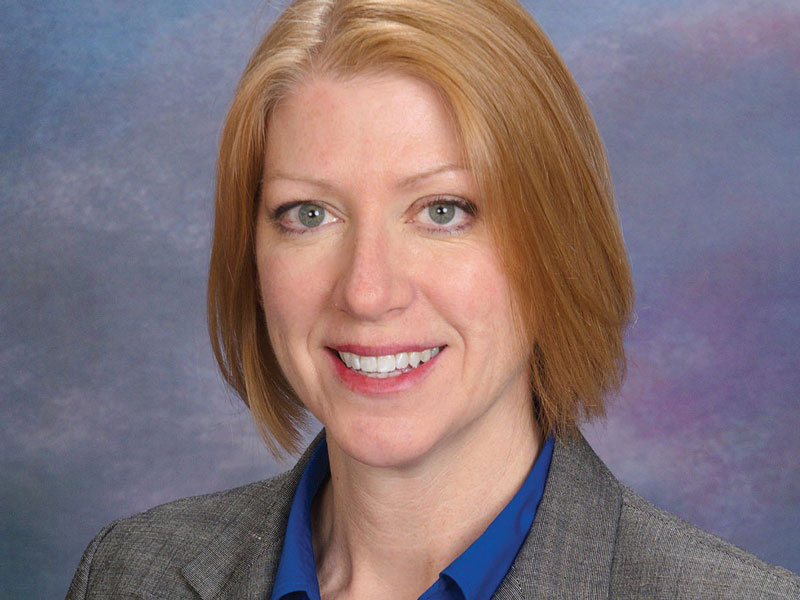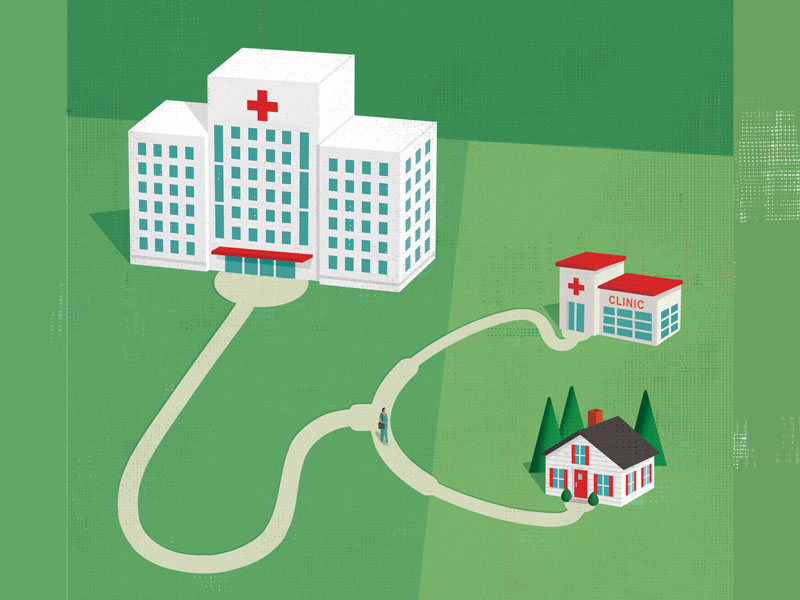NCI’s 2021 Budget Plan Showcases Its Promise to Provide for, Foster, and Aid Cancer Research

Once considered a death sentence, a cancer diagnosis was distressing and difficult on many levels. However, for the past 50 years the United States has been committed to finding treatments and cures for cancer; we have turned a corner, reversing devastating trends and changing the prognosis to one of survivorship for many.
- Read more about NCI’s 2021 Budget Plan Showcases Its Promise to Provide for, Foster, and Aid Cancer Research
- Add new comment
Biomarker-Based Screening Test May Find Lung Cancer at Earlier Stages

A blood test evaluating several biomarkers was able to reduce the number of lung cancers detected at later stages, according to study results presented at the 2019 World Conference on Lung Cancer.
- Read more about Biomarker-Based Screening Test May Find Lung Cancer at Earlier Stages
- Add new comment
How Oncology Nurses Can Support Patients During Financial Toxicity

As groundbreaking yet high-cost cancer treatments make their way into clinical practice, the effects of financial toxicity can put a damper on the profound effects that new, lifesaving medications can have on patients with cancer. It’s a problem that even Washington, DC, hasn’t been able to address—so what can oncology nurses do about it?
Sharpless Returns to NCI; Vape Shop Exemption; Single-Payer State Health Care

Ned Sharpless, MD, an oncologist by training, has had a year of transitions. He began his Washington career as the National Cancer Institute director in 2017, but after two years at the helm, he was tapped to be acting U.S. Food and Drug Administration (FDA) commissioner when Scott Gottlieb stepped down in March 2019. However, after heated discussions with the Senate over the perceived lack of action from FDA regarding restrictions to vaping and tobacco products, the Trump administration likely reconsidered his role at FDA and sought to find a more permanent appointee.
- Read more about Sharpless Returns to NCI; Vape Shop Exemption; Single-Payer State Health Care
- Add new comment
Nurses Need Resources, Data to Support Patients Transitioning to Survivorship

Since the National Academies of Medicine (formerly the Institute of Medicine) issued Cancer Patient to Cancer Survivor: Lost in Transition in 2005, the oncology field has made small strides to implement successful survivorship resources to support patients after their treatment. Because of the vast differences in patient populations, disease types, study locations, and institutional resources, best practices to support patients transitioning from treatment to survivorship care are often unclear. This poses an issue for providers, and patients hear mixed messaging or little information for follow-up care. With many patients receiving treatment in outpatient settings, ambulatory oncology nurses must understand how to provide support for patients during their transition.
- Read more about Nurses Need Resources, Data to Support Patients Transitioning to Survivorship
- Add new comment
Nurses Must Include Palliative Care Early for Their Patients

At a recent conference I attended, a presenter asked the audience to choose the best treatment option for a case study review. The choices were introduced as three separate viable treatments with the fourth option being “or just refer to palliative care.”
What Is the Difference Between Genetics and Genomics?

Genetics versus genomics: Is there a difference? Does it even matter? There is, and it does. In our era of precision medicine, also referred to as individualized or genomic medicine, being able to differentiate the terms is a first step in establishing a foundational understanding of what they mean for cancer care from prevention to treatment.
USPSTF Updates Recommendations on Breast Cancer Prevention

Certain groups of women who are at increased risk for carrying BRCA1 or BRCA2 genes should be assessed for the need for genetic testing, and women at increased risk for breast cancer and low risk of adverse events should be offered risk-reducing medications, the U.S. Preventive Services Task Force (USPSTF) recommended.
How Can Oncology Nurses Collaborate With Dietitians to Manage Malnutrition?

Nutrition impact symptoms (NIS) involve any barrier to a patient’s nutritional status. Cancer and its treatments often lead to complex side effects that develop rapidly and change in character and intensity throughout treatment. Barriers to eating and drinking, digesting, and absorbing nutrients lead to negative clinical outcomes for patients with cancer, including malnutrition. Prompt assessment and interventions are key to helping patients avoid treatment holidays and dose reductions while also promoting the best possible quality of life during their cancer journey. In fact, a weight loss of just 5% is an indicator that a patient will likely not receive all of his or her prescribed cancer treatment.
- Read more about How Can Oncology Nurses Collaborate With Dietitians to Manage Malnutrition?
- Add new comment
The Vital Role of Oncology Nursing in Ambulatory Care

Thanks to significant scientific and technologic advancements in the past 15 years, the majority of cancer care—an estimated 80% or higher—is being delivered in the outpatient setting.For patients, ambulatory oncology care offers comfort, flexibility, and a sense of normalcy during their difficult cancer journey while maintaining the highest-level treatment and care for optimal outcomes. Oncology nurses are key to successful outpatient care, serving as caregivers, educators, advocates, and patient champions from diagnosis through treatment and into survivorship.





